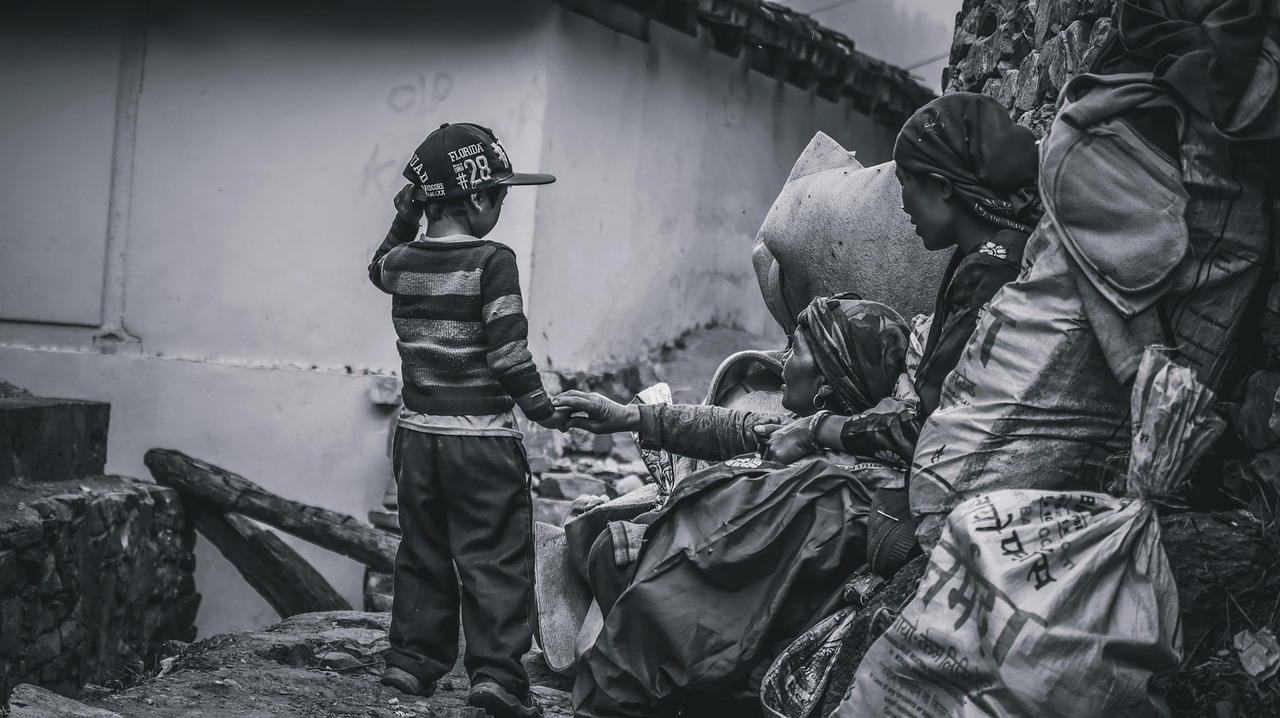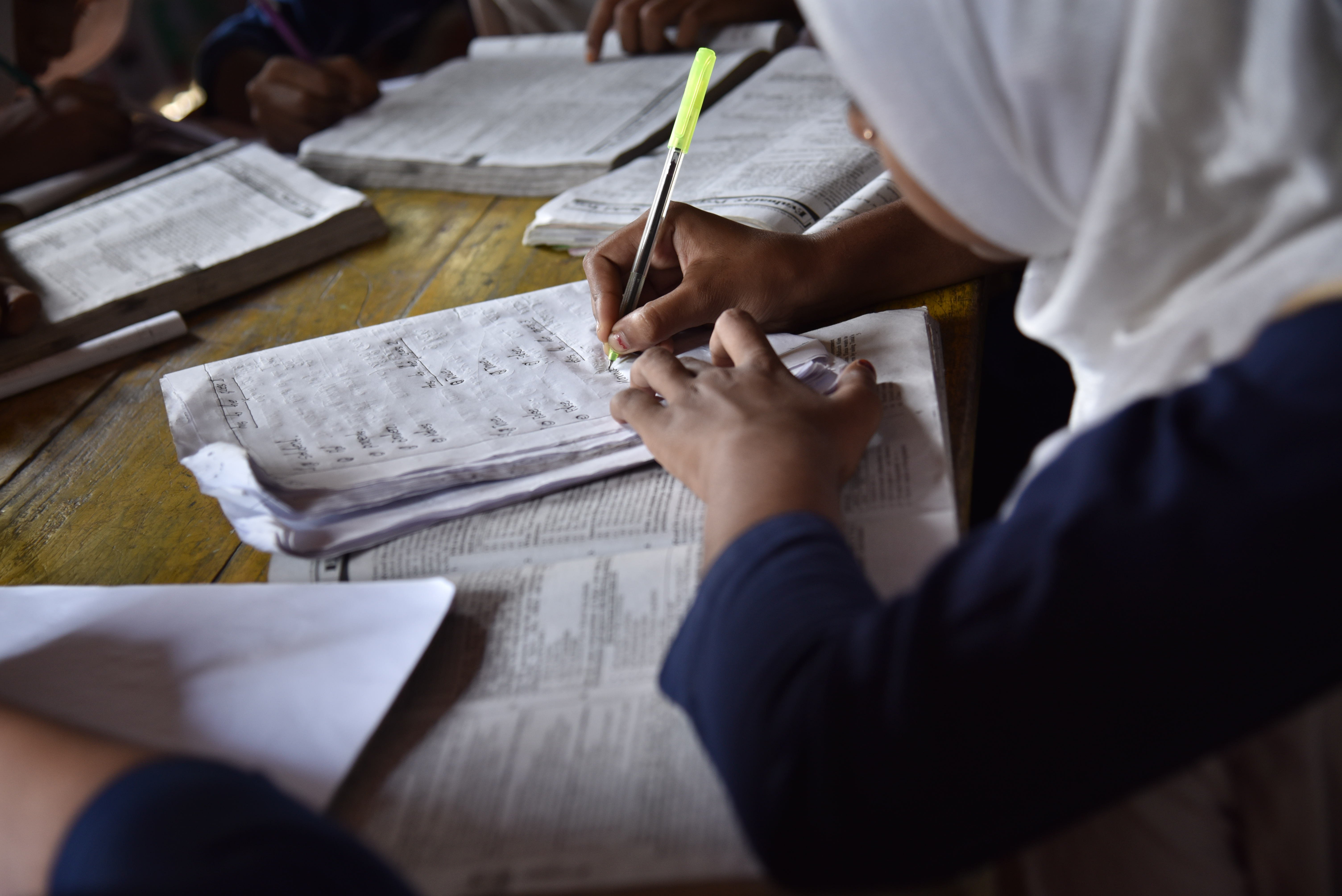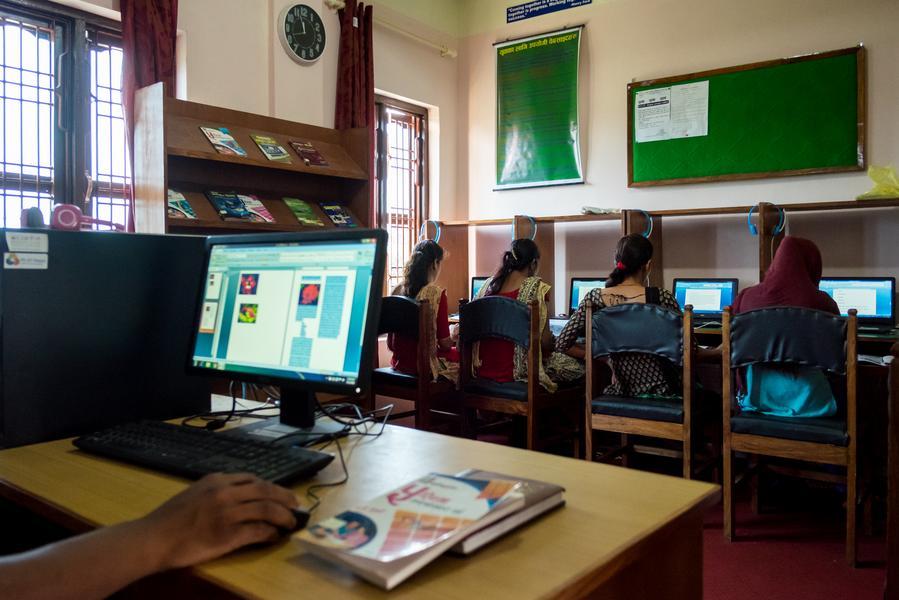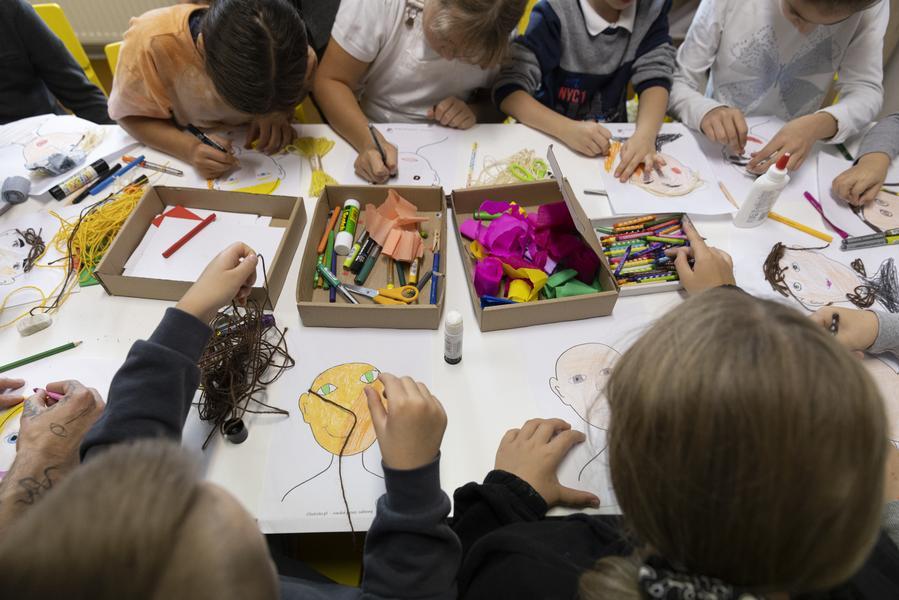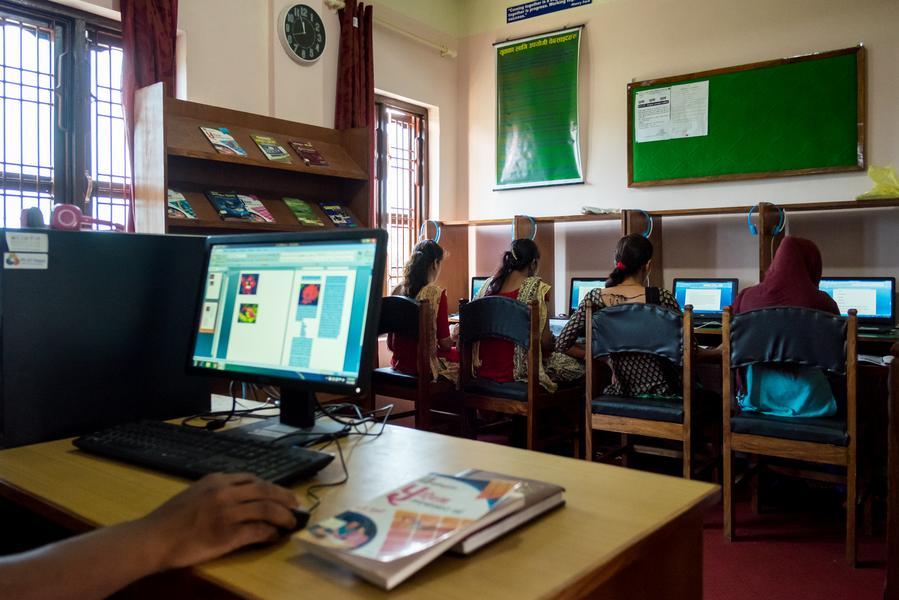Context and Problem
Phonemic awareness is critical for literacy and communication but is often underdeveloped in individuals with learning challenges. Individuals struggle with issues such as word decoding, spelling, and pronunciation due to a lack of mastery of phonemic inventory and phonology. Individuals who are mainly affected by this are those with ADHD, Autism Spectrum Disorders, CAPD, deafness, and other learning disabilities. These issues showcase a need for a multisensory and structured intervention to address the deficits effectively.
Solution
The solution utilizes a multisensory, process-based intervention focusing on phonemic awareness and fluency. It utilizes articulatory feedback to teach sound production and promote self-monitoring.The project has been implemented in schools, clinics, and private tutoring settings. Moreover, intensive and daily instruction is provided that is tailored to individual needs. The tools utilized include mouth pictures, colored magnets and letter magnets, sentence strips, and tangible reinforcers. A couple of instructional approaches are taken. The horizontal approach involves older students learning all consonants and vowels simultaneously before tracking. The vertical approach involves young students learning specific groups of sounds and transitioning to tracking earlier.
Impact
Positive outcomes have been observed. There is improved fluency, reading independence, and an ability to self-correct errors. Research insights also support improvements in word and pseudoword reading. There are mixed results on reading comprehension and long-term efficacy. However, further research is needed to validate specific program outcomes.


